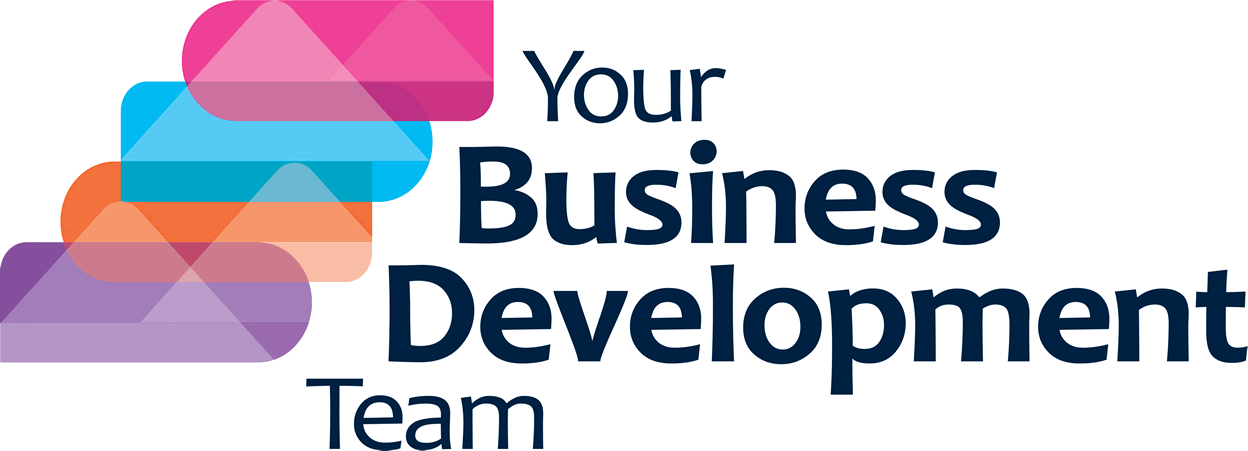Earlier this month, we looked at digital marketing strategies for SME’s. This blog details five additional marketing offline tools. As before you need to consider what’s best for your business and think carefully about your target audience before deciding what may work best for you. Consider the following:
- who is your ideal customer?
- How old are they?
- Where do they live?
- How they would look for your product/service?
Direct Mail
Direct mail marketing can still play an important role in your marketing strategy as online However you can’t just spam people and expect a return on your investment. Just like you need to compel people to click your blog post headline, you need to compel mail recipients to open your letters. Be creative with what you send, make it standout. A coloured handwritten envelope for example is more likely to be opened than a standard typed envelope.
Telemarketing
Integrating telemarketing into the marketing mix especially in B2B marketing can be a highly effective means for generating leads and increasing sales. By integrating telemarketing before, during or after a direct or e-mail campaign, or digital project, you stand a better chance of creating a better impression, developing longer-lasting relations and gaining invaluable sales opportunities.
Business Networking
Join a local business group. This is a great way develop relationships with like-minded business people. You can talk over ideas/issues, share referrals, find talent, and identify new opportunities and form strategic partnerships.
Referral Incentives
Referrals are one of the best ways to find new customers. Offer incentives to existing customers and staff to encourage them to get referrals for you. It doesn’t necessarily have to be monetary, get creative!
Distribute Printed Materials
Physical advertising can still be an excellent way to promote your businesses. Flyers and leaflets are a lot harder to ignore than banners and ads on the computer. Also consider including discounts or offers on them to encourage people to try you out. It’s a great way to encourage a customer to make that first purchase from you.
If you want help implementing some marketing strategies to increase leads in your business, Your Business Development Team can help. In particular, this month, we would like to invite you to attend our taster session for our new marketing workshops designed for SMEs. You can find more details and register here:
https://www.eventbrite.com/e/understand-improve-your-marketing-tickets-77266354747










